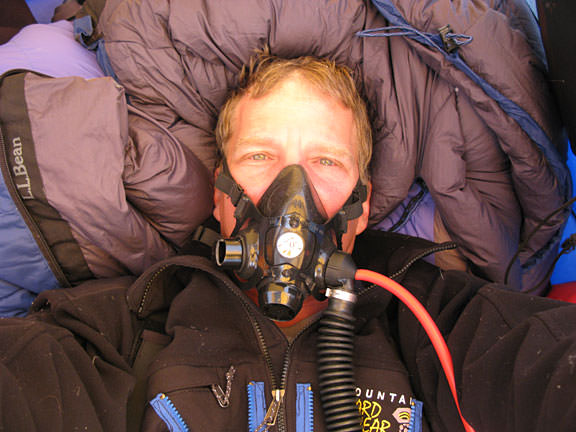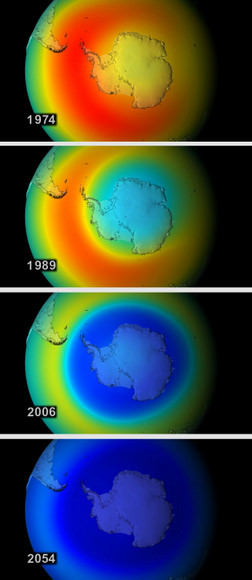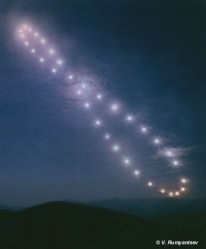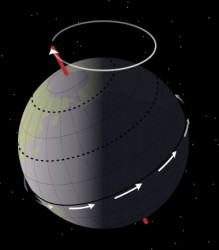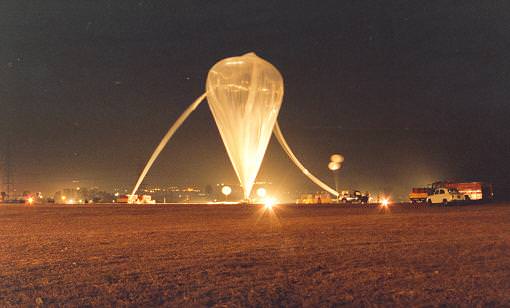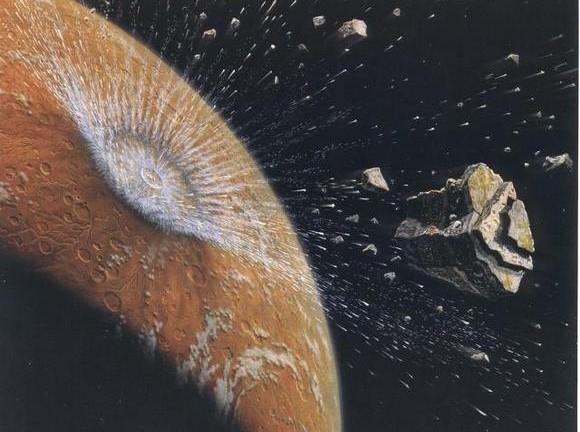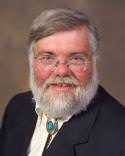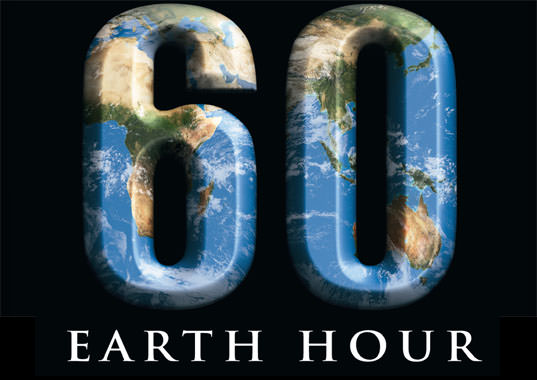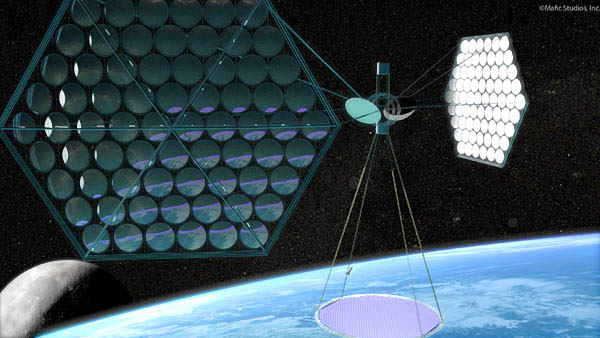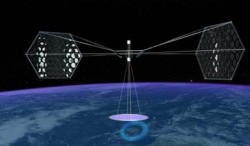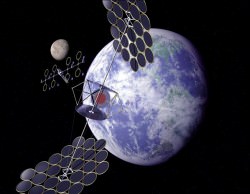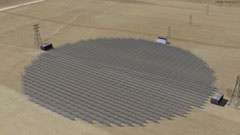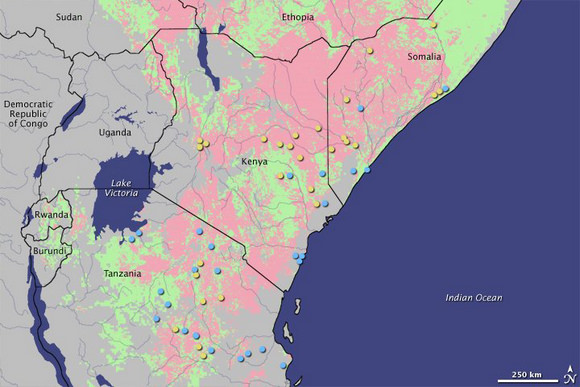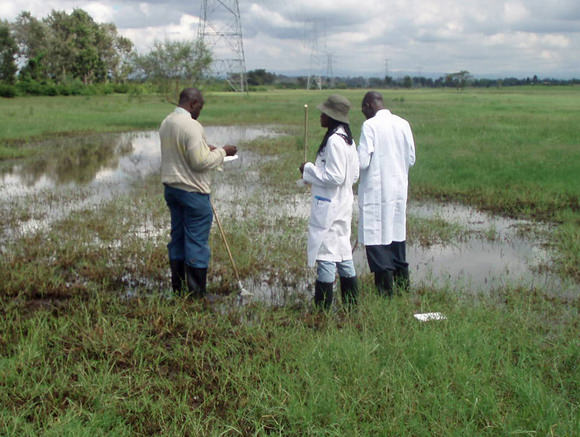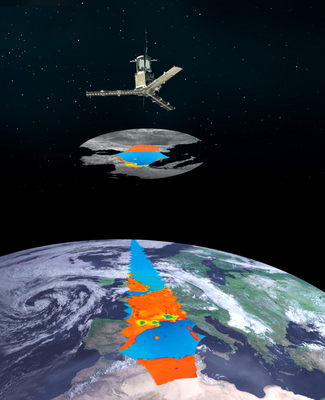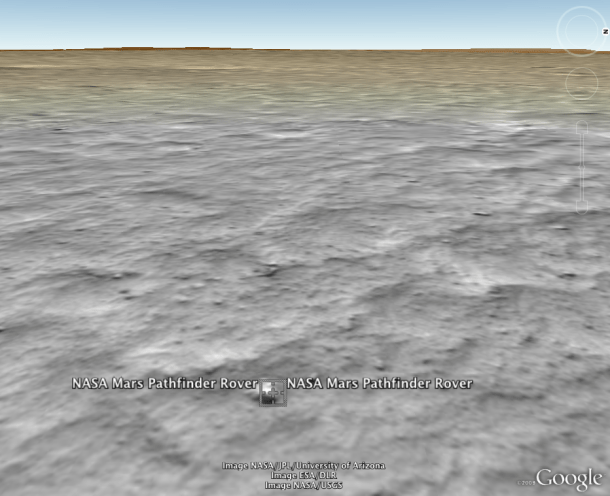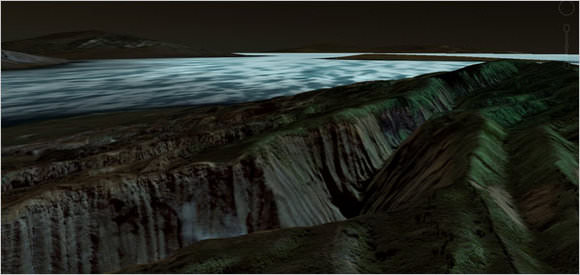[/caption]
In 2008, astronaut Scott Parazynski came within 24 hours of reaching the summit of Mt. Everest when a painful back injury forced him to abandon his climb. Now, Parazynski is on his way back for another attempt at summitting the world’s highest mountain peak. But this time, he wants to take the rest of the world with him. If everything works as planned, Parazynski will blog, podcast, vodcast and more during the climb, and he even wants to Twitter from the summit. “I want to tell the story of exploration here on Earth and the corollaries it has with space exploration,” Parazynski told Universe Today before he left for Kathmandu, Nepal. “They are both very hostile, unforgiving environments that require a lot of training, a lot of gear, and a lot of thought. The intent is to share the story with as many people as we can, particularly young people.” Parazynski and his team have even agreed to take questions from readers of Universe Today and answer them during their climb.
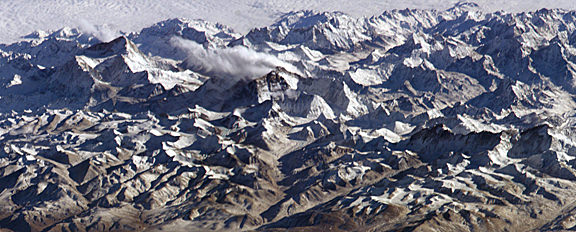
Parazynski has teamed up with the Challenger Centers for Space Science Education and the Boy Scouts of America to offer educational activities in association with his trek, and is working with various scientists to do field science along the way.
“We’ll be collecting data for astrobiologists, looking for extremophile life,” Parazynski said. “If you understand how extremophiles live, you might be able to understand how life may have once evolved on Mars, or may still exist on Mars.”
As an astronaut, Parazynski was part of 5 space shuttle missions; his last mission to the International Space Station included a daring repair of the ISS’s solar panels.
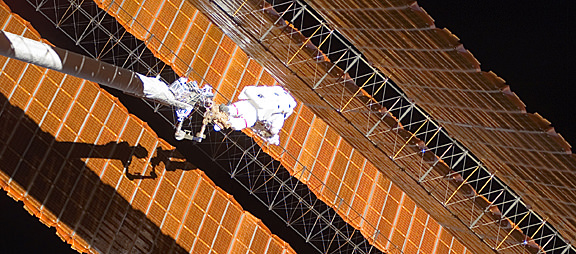
Parazynski will also be testing some NASA-derived hardware, taking along a prototype lunar geology camera and other hardware for extreme environments. “Up high on the mountain there are limestone formations, which are wonderful places to look for fossilized life,” he said,” and we’ll also look for melt water and primitive forms of life there; algae lichens, etc. If liquid water exists even for brief periods on Mars it may be in similar conditions to what we’ll find on Mt. Everest. We hope to bring samples back for scientists to look at.”
To help Parazynski, he has enlisted the help of a couple of “media sherpas;” Keith Cowing from NASAWatch and Miles O’Brien, former CNN correspondent. Cowing will definitely be at the base camp, coordinating the media blitz, while O’Brien is still working out his schedule, but hopes to be there as well.
“Scott has the chance to something interesting and wants to share it with as many people as possible,” said Cowing. “This is participatory exploration, where we’ll bring as many people as possible to where we’re going. This is enabled by high end internet connection capable of streaming video. The idea is to open up a vista of participation to a very large audience.”
Cowing said they will have access to email to answer as many questions as possible, and Universe Today will be one of the venues supplying questions from readers. “We’ll be Twittering, videocasting, podcasting, Skyping, emailing, SMSing, blogging , you name it. We’re using every gizmo we’ve got and every avenue of interaction with people, giving them the opportunity to see what it’s like to live in a tent at 17,600 feet.”
The entire expedition will take between 6 -10 weeks, depending on the weather and health of the climbers. Parazyski said it will take several weeks just for the climbers’ bodies to acclimate to the decreased amount of oxygen at those heights. The peak of Mount Everest is 8,848 meters (29,028 feet) above sea level. “We’ll be going up and down to get body used to the conditions,” he said. “Essentially what happens, you need to increase your body’s oxygen carrying capacity, and grow more red blood cells. Your blood chemistry changes to enable you to exchange oxygen more efficiently and that just takes time.” Parazynski, an MD, will be the official physician for the group.
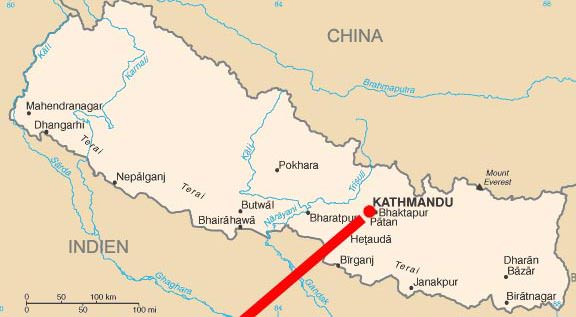
The Discovery Channel will also be part of the climb, with hopes of creating a documentary of the expedition for their “Everest: Beyond the Limits” series. Cameras will be mounted on the climbers to take video of the experience.
Parazynski is part of a team of 23 climbers. Another team will also be part of the climb, and there will be an additional 20 or 30 climbers to help create the documentary.
The climb officially starts in early May. You can follow the climb via OnOrbit.com/Everest. Parazynski’s whereabouts can also be followed on Google Earth, via his SPOT, a GPS location and message device, which is a commercial sponsor of the climb. The expedition is completely privately funded.
Parazynski is now a “former” NASA astronaut. He announced two weeks ago that he left NASA to work in private industry, at Wyle Labs in Houston. “I had a wonderful experience in the role of astronaut, but now it’s time to pursue other opportunities.”
One other hope for this expedition is to have people participating both on this Earth and off. “If the stars align and everything works just right, we hope to have a satellite phone call between our group and the Hubble repair space shuttle mission,” Parazynski said. Of course, that would depend on if the Hubble mission launches during Parazynski’s climb.
Despite Parazynski’s wish to share his experience with the world, he admits there’s also a strong personal element to this climb. “I went almost the entire way last year and came within 24 hours of summitting,” he said. “It is something I’ve thought of and dreamt about every day since I left the mountain last May, wondering what that last 24 hours will be like, and what it will be like to complete one of the great aspirationa of my entire life.”
Follow OnOrbit.com/Everest for complete coverage. You can follow Parazynski’s Twitter feed, too, SPOTScott, and the OnOrbit Everest Twitter feed. We’ll post regular updates here on Universe Today, along with reminders to submit questions for Parazynski, Cowing and O’Brien by posting your questions in the comments section.

